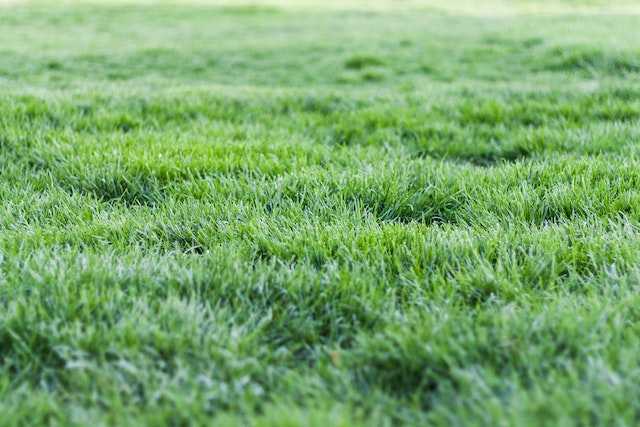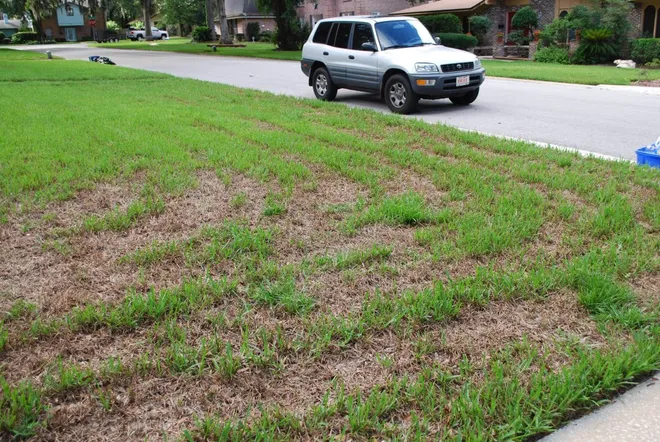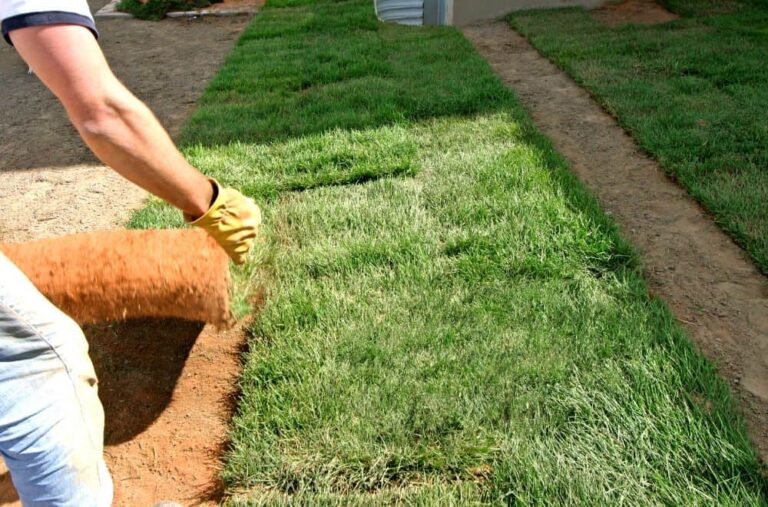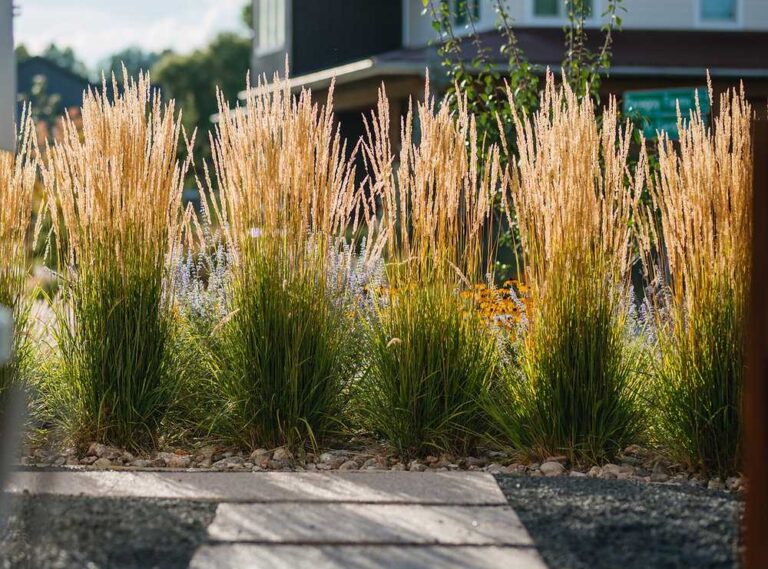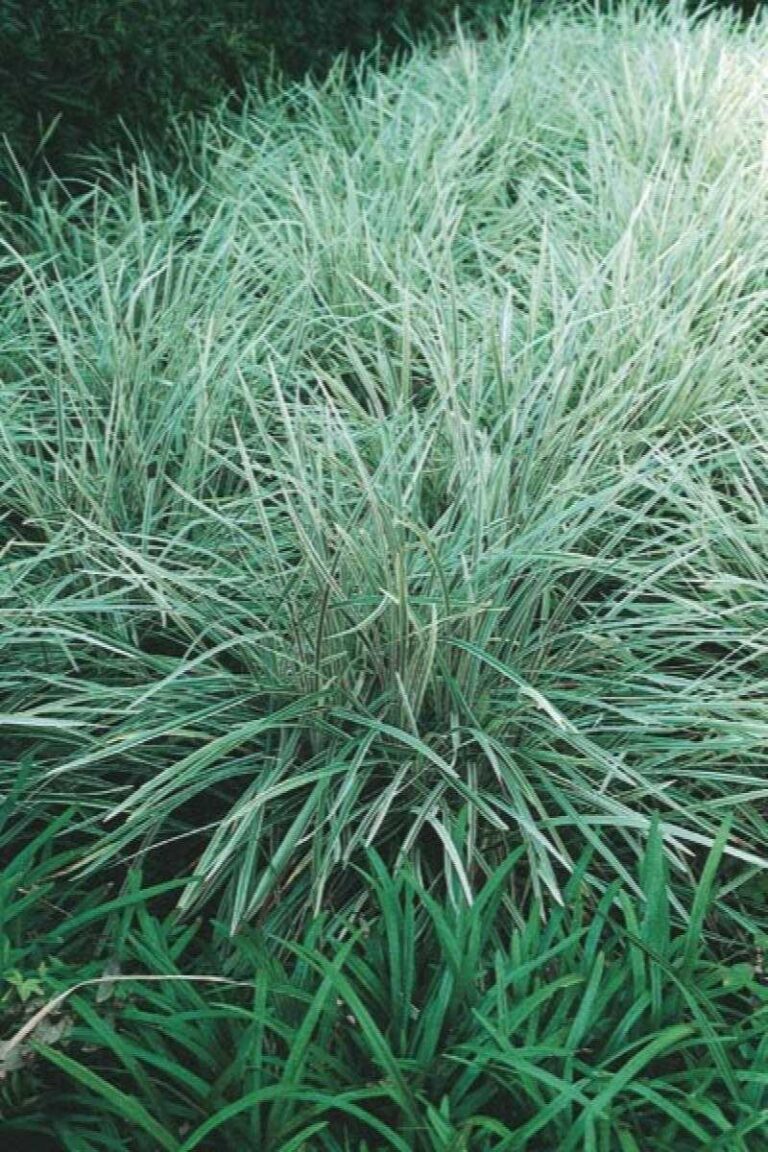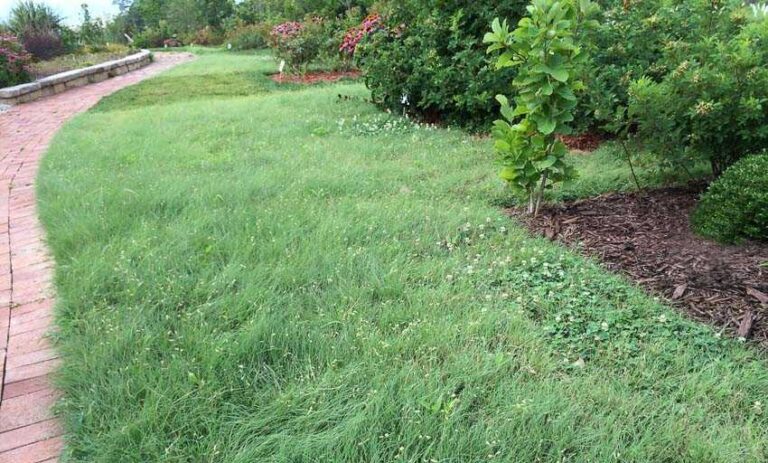Lawn Maintenance: Taming Bermuda Grass Runners on Your Lawn
Bermuda grass is a popular warm-season and pasture grass grown across the country. Unlike other grass types, planting Bermuda from grass seeds is simple, especially with a good medium. Bermuda grass also requires moderate lawn maintenance and mowing, making it perfect for most busy gardeners.
However, while Bermuda might be great for your lawn, it is an aggressive and invasive grass that can creep into your flower beds, driveway, or vegetable garden. The grass easily spreads through runners and rhizomes, forming a carpet appearance on your lawn. Below are a few things you should know about Bermuda grass runners and how to control their invasive nature.
What Are Bermuda Grass Runners?
Unless you are new to gardening, you’ve probably come across grass runners or stolons. Grass runners are above-ground stems that shoot from the main plant. Bermuda grass runners spread across the lawn, producing new roots and shoots at different intervals. Grass runners help the grass propagate and establish new surfaces.
Bermuda grass runners are crucial for its growth and spreading mechanism. It allows the grass to spread, grow, and expand rapidly on your lawn. Unfortunately, while grass runners are beneficial for such, they can become overly invasive.
Benefits of Bermuda Grass Runners
Bermuda grass runners are beneficial in the following ways:
1. Fills the Bare Spots
Grass runners are instrumental in ensuring your Bermuda grass grows evenly and fills bare spots and damaged parts of your lawn. As mentioned, runners produce new roots and shoots that help the grass establish itself. This explains why you can easily achieve a uniform and aesthetically pleasing lawn with Bermuda grass. This is especially beneficial in high-traffic areas.
2. Helps Control Weeds
Bermuda grass is well known for its aggressive growth and ability to spread faster using runners. Its rapid growth helps the grass outcompete and choke out weeds from your lawn. Over time, Bermuda grass establishes a thick carpet of runners that forms a shade that prevents weeds from accessing the sunlight they need to grow.
The thick, dense carpet formed by runners also makes it difficult for weeds to thrive. This means you won’t have to worry about manual weeding or using chemical herbicides to control weeds in your garden.
3. Helps Grass Recover from Injuries
Heavy foot traffic, mowing, and other stressors often injure your Bermuda grass. Grass runners help injured grass recover from various injuries faster. Bermuda grass produces new shoots and roots from runners after damage. This allows it to grow and regenerate quickly.
However, this doesn’t mean Bermuda grass isn’t resilient to damage. Bermuda grass is the preferred grass of choice for use in sports and golf courses. It can withstand wear and tear and regenerate quickly, thanks to grass runners.
Disadvantages of Bermuda Grass Runners
While Bermuda grass stolons are beneficial, they also come with various drawbacks and challenges. Below are a few things you should know about Bermuda grass runners:
1. Very Invasive
As mentioned, Bermuda grass is very invasive and grows rapidly, mostly because of its grass runners. While this is beneficial for lawn coverage, it becomes an impediment when the grass starts encroaching on other areas of your lawn. Bermuda grass can easily spread into the garden beds, neighboring lawns, and flower beds. This invasive nature often requires extra maintenance.
2. Difficult to Remove
Bermuda grass has an extensive root system that grows from runners, which makes it difficult to remove, especially after it becomes established. The grass’s extensive root system, coupled with its ability to grow from runners, makes it a challenging weed. This means getting rid of Bermuda grass from your lawn can prove difficult. However, hand-pulling, solarization, and herbicides can help.
Can You Transplant Bermuda Grass Using Runners?
Apart from seeding, you can transplant Bermuda grass to a new lawn using runners. This process essentially involves cutting healthy sections of Bermuda grass stolons, including the roots, and replanting them to the new lawn. Below are the steps for transplanting Bermuda grass using runners:
1. Choose the Right Time
Transplanting grass runners successfully requires that you ensure everything is in optimal condition. Timing is crucial in ensuring the successful growth of the transplants, as Bermuda and other grass types respond best to the right environmental conditions. That said, you should begin by identifying the active growing season of the grass.
Bermuda is a warm-season grass, which means it thrives in warm temperatures. The grass actively grows during spring and summer. You should transplant around this period to leverage the grass’s natural growth cycle. Transplanting during this period also ensures that temperatures are in an optimal range for rapid root growth, and it will experience minimal stress.
2. Prepare the Lawn
You should prepare the destination lawn to increase the chances of growth. Important preparation measures include:
- Soil testing – you should test the soil to know its nutrient content, texture, and PH. Bermuda thrives in well-drained soil with slightly acidic properties. Use the test results to adjust the soil properties to optimal conditions.
- Clear the lawn – the destination lawn should be free from weeds, debris, and any existing vegetation. Clearing eliminates plants that would otherwise compete for space, water, and nutrients.
- Level the surface – the lawn should be level and free from irregularities. Leveled lawn allows for even transplanting and watering.
- Loosen the soil – use a rake or any other gardening tool to loosen the soil. Loosening improves aeration and root penetration. This makes it easier for runners to establish new root systems.
3. Identify Healthy Runners
With the lawn ready, you should move on to identifying healthy grass runners for transplanting. This step is crucial as the growth of your Bermuda grass highly depends on using thriving runners. You can start by conducting a visual inspection of the already-established grass.
Look for sections that are lush, dense, and have vibrant colors. Healthy stolons should have a green hue, which shows their active growth. Other indicators of active growth include tall and dense grass blades, well-developed root structures, and minimal signs of pests and diseases.
Similarly, avoid grass runners that have developed seed heads. The presence of seed heads shows that the grass has entered a reproductive stage and is not in its active growth phase.
4. Plant the Runners
Planting the runners shouldn’t be a challenge. Below are a few things to know when planting:
- Furrows or trenches – use a space or garden shovel to dig shallow trenches on the lawn. They should be 1 to 2 inches deep to ensure that runners make good soil contact.
- Spacing – Bermuda runners should be spaced appropriately. As a rule of thumb, space them 6 to 12 inches apart. This allows runners to establish and spread.
- Orientation – ensure the grass blades face up while the roots face down.
Add topsoil to the trenches or furrows and use a lawn roller to firm the soil. This increases the contact between the runners and the soil.
5. Water Lightly
You should irrigate the transplanted runners lightly. Start by watering thrice daily for two weeks and less frequently after runners have germinated and shot new sprouts. However, you shouldn’t water if there’s enough rainfall during this period.
6. Apply Fertilizers
Though not necessary, you should apply fertilizers after transplanting. This stimulates the growth and spreading of your grass. Choose fertilizers rich in potassium, nitrogen, and phosphorus.
How to Get Rid of Bermuda Grass Runners
You can remove Bermuda grass runners if they don’t look appealing on your lawn. Unfortunately, getting rid of these runners can prove challenging, especially if they’ve developed root systems. Nonetheless, try the following options:
- Manual removal – you can uproot grass runners with their roots and stolons manually. Use a garden fork or shovel to loosen the soil around it. This method is labor-intensive and best suits small lawns.
- Using herbicides – if you don’t prefer the labor-intensive option, herbicides are an excellent option. Use non-selective herbicides on actively growing Bermuda grass. Always follow the manufacturer’s instructions for best results.
- Solarization – this process involves covering Bermuda-grass-infested area with a clear plastic sheet. The sun burns the grass and its root systems through the sheet. This option works best during the hot summer months.
- Mowing – it isn’t your typical lawn mowing. It involves scalping the lawn to ease the removal of runners from the ground. Ensure that you bag and dispose of all clippings to prevent regrowth.
You should get rid of your grass runners while they are still in their developmental stages. You can transfer runners removed manually to a new lawn.
The Bottom Line
Actively growing Bermuda grass develops runners, which are apical meristems that rapidly divide and elongate. Runners also develop new roots and shoots, forming above-ground and underground shoots that allow the grass to spread. Runners are essentially beneficial as they help Bermuda grass cover the lawn faster, choke out weeds, and create a green, lush lawn. However, you should watch out, as uncontrolled runners are very intrusive.
